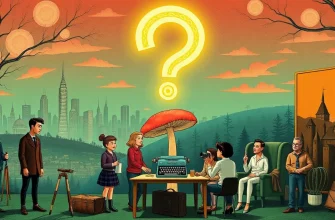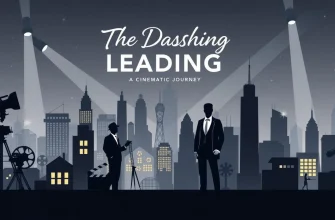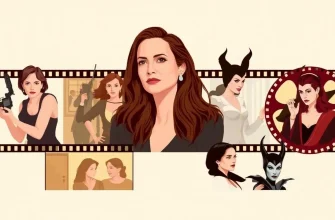Tulpa, a concept from Tibetan mysticism, refers to a being or object created through spiritual or mental powers. This collection of films delves into the eerie, psychological, and sometimes thrilling aspects of tulpas, offering viewers a chance to explore the boundaries of reality, imagination, and the human psyche. From horror to drama, these movies provide a rich tapestry of stories where the line between what's real and what's imagined blurs, making for an intriguing watch for anyone interested in the supernatural or the power of the mind.

The Others (2001)
Description: While not directly about tulpas, the film explores the concept of living with ghosts or spirits that might be creations of the mind or manifestations of guilt and fear.
Fact: Nicole Kidman's performance was critically acclaimed, earning her a Golden Globe nomination.
 Watch Now
Watch Now 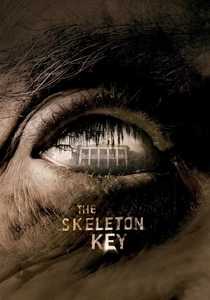
The Skeleton Key (2005)
Description: This film touches on the idea of hoodoo magic, where the protagonist encounters spirits that could be interpreted as tulpas, created through belief and ritual.
Fact: The movie was filmed in a real plantation house in Louisiana, adding to its authenticity.
 Watch Now
Watch Now 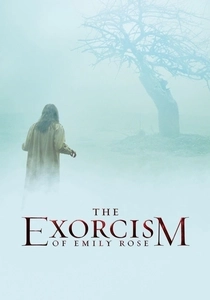
The Exorcism of Emily Rose (2005)
Description: Although primarily about demonic possession, the film can be seen as exploring the idea of a tulpa through the manifestation of evil forces that were perhaps conjured or imagined by Emily herself.
Fact: The movie is loosely based on the real-life case of Anneliese Michel, whose story has inspired numerous films and books.
 Watch Now
Watch Now 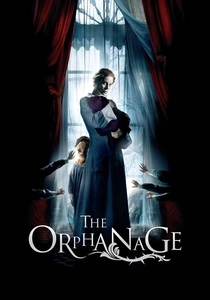
The Orphanage (2007)
Description: While not explicitly about tulpas, the film deals with the supernatural and the power of belief, where a mother's search for her lost son leads to encounters with ghostly children, possibly tulpas of her own making.
Fact: The film was Spain's official submission for the Best Foreign Language Film at the 81st Academy Awards.
 Watch Now
Watch Now 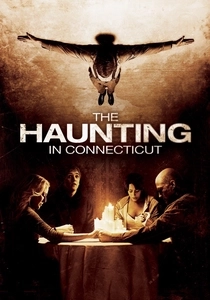
The Haunting in Connecticut (2009)
Description: This film explores the idea of a house with a dark past where spirits or tulpas might be created by the intense emotions and events that took place there.
Fact: The movie is loosely based on the Snedeker family's real-life experiences.
 Watch Now
Watch Now 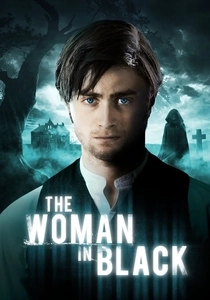
The Woman in Black (2012)
Description: The haunting presence of the Woman in Black could be seen as a tulpa, a manifestation of grief and vengeance that terrorizes a small town.
Fact: Daniel Radcliffe stars in this film, marking his first major role after the Harry Potter series.
 Watch Now
Watch Now 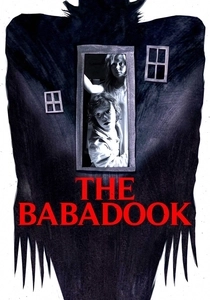
The Babadook (2014)
Description: While not explicitly about a tulpa, "The Babadook" deals with a similar theme where a children's book character becomes a terrifying reality for a mother and her son. The film explores grief, fear, and the manifestation of inner demons.
Fact: The film was initially banned in some countries due to its intense psychological horror elements.
 Watch Now
Watch Now 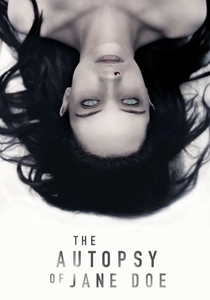
The Autopsy of Jane Doe (2016)
Description: This film deals with the mysterious body of a woman that seems to defy explanation, possibly hinting at a tulpa-like entity or a supernatural force that has taken physical form.
Fact: The film was praised for its suspenseful build-up and minimal use of jump scares.
 Watch Now
Watch Now 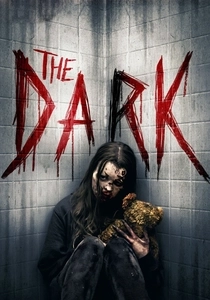
The Dark (2018)
Description: This film explores the concept of a tulpa through the eyes of a young girl who creates an imaginary friend that turns out to be much more than just a figment of her imagination. The film delves into the psychological horror of a tulpa becoming real and the consequences that follow.
Fact: The film was shot in Ireland, and the eerie atmosphere was enhanced by the use of practical effects over CGI.
 Watch Now
Watch Now 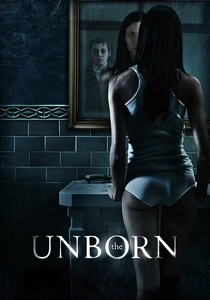
The Unborn (2009)
Description: This movie touches on the idea of a tulpa through the lens of Jewish folklore, where a young woman is haunted by a dybbuk, a malevolent spirit that could be interpreted as a tulpa-like entity.
Fact: The film features a cameo by Gary Oldman, who plays a rabbi helping the protagonist.
 Watch Now
Watch Now 


